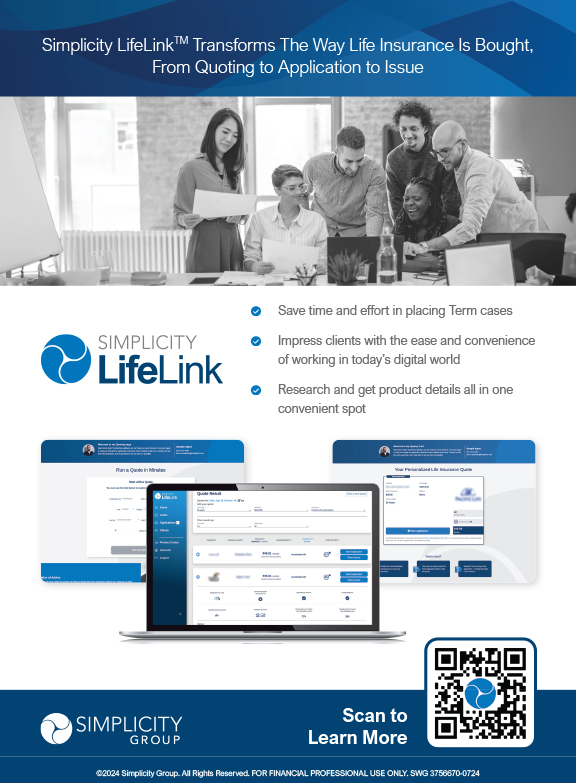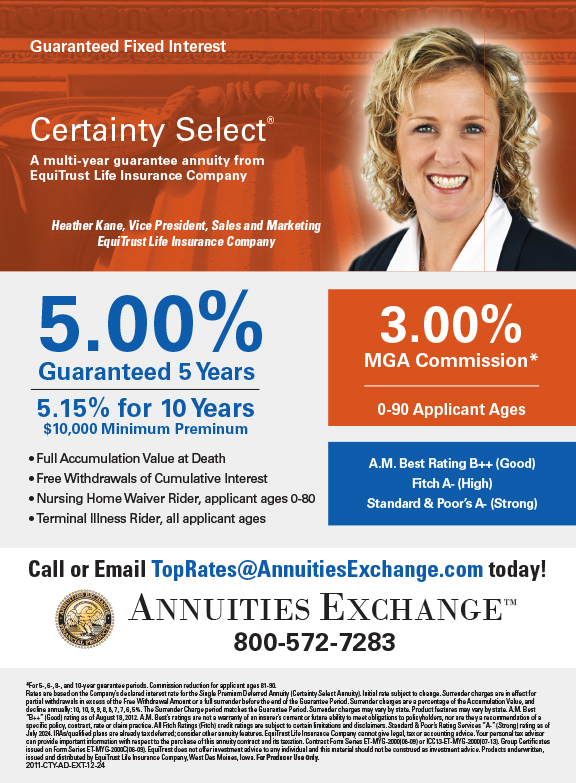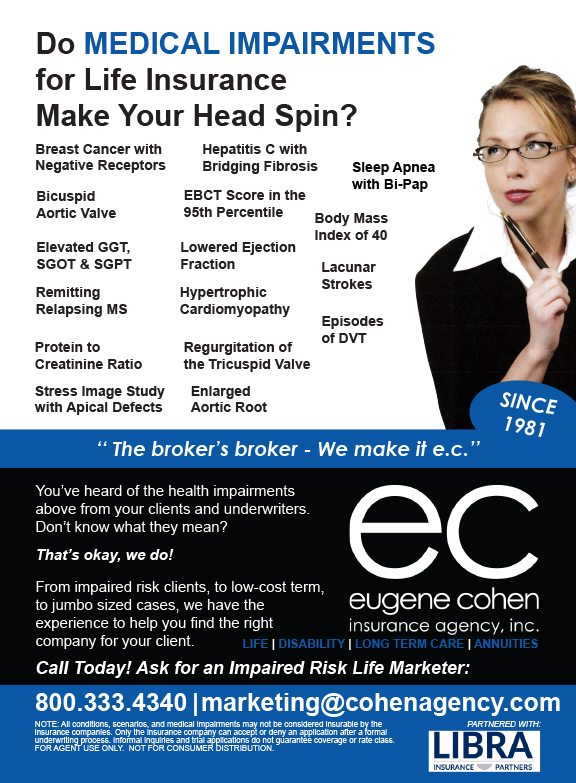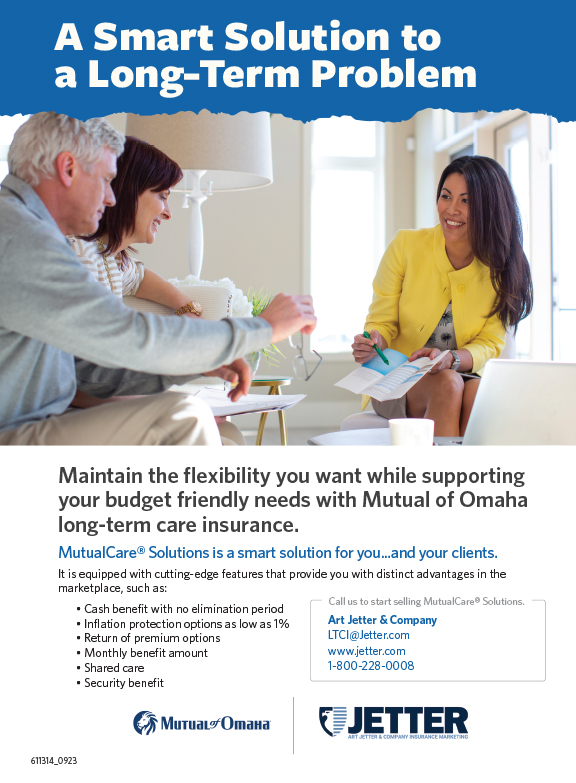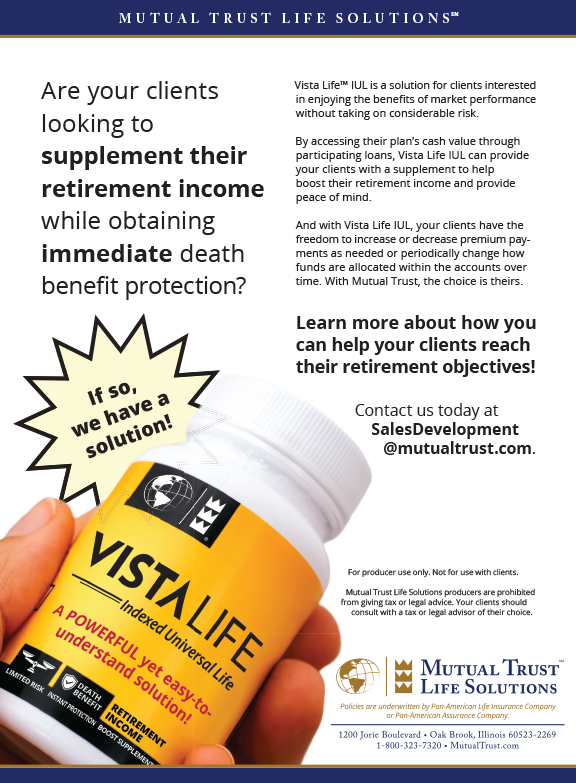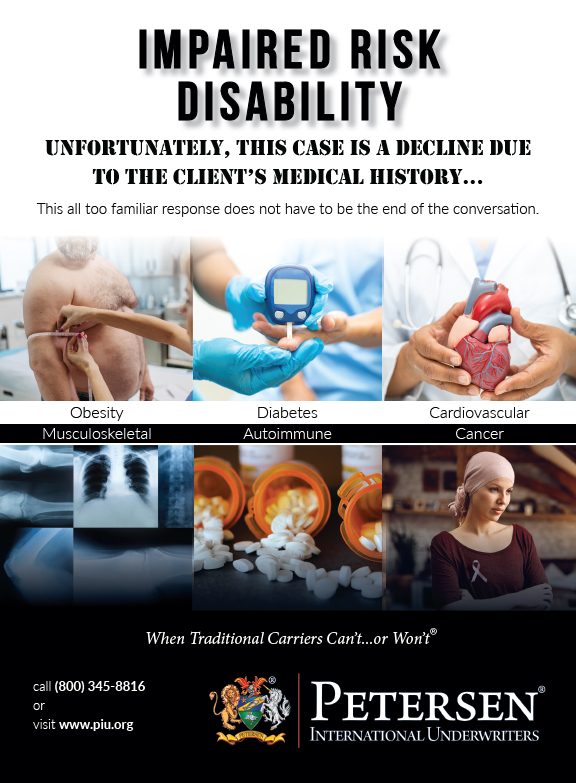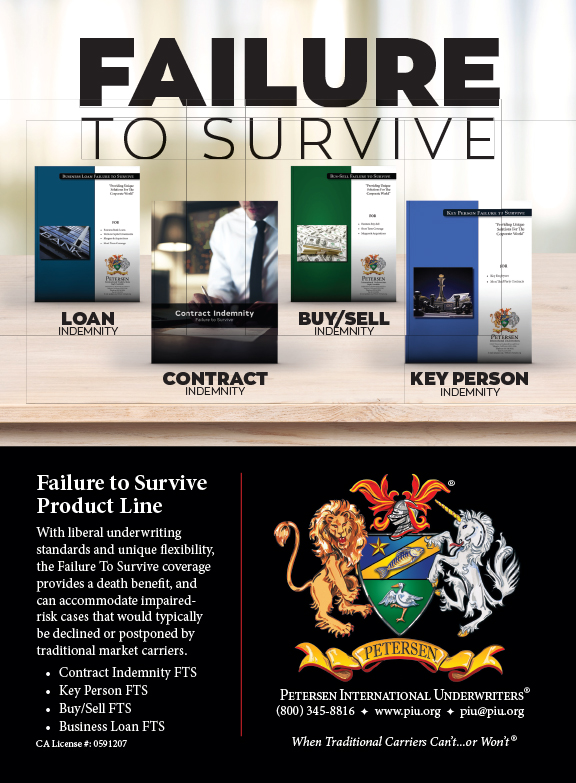As a product consultant since 1988, I have been involved in the revision or creation of over 50 new insurance products with 16 insurance companies. I mention this not to boast (as I will never reveal the ratio of past successes to failures ) but only to legitimize my right to ask the most important question present in this whole process: “How many times can you tell the field that your newly polished and filed policy form is meaningfully and measurably “new and improved”? And then expect them to be gullible enough to believe in the frothy hyperbole that comes with product introductions, when in truth it may often be just more of the same. We know that when you stop and think about the philosophical core of wholesale brokerage it is centered on eternal hope and perpetual policy introductions. We are most often the originating source of benefit creativity and product design innovation. We have always had greater purpose than to just take expedited orders for products hopefully sold in volume on historically thin margins. Our ability to continually adapt and reform our product approach has consistently benefited the American consumer. The net result over time has been more competitive product cost and more form fitting benefit to risk product emphasis. In my humble opinion nowhere has this been more self-evident than in our perpetual, ongoing quest to solve the chronic illness conundrum.
I remain a proud card-carrying member of that stalwart cadre of hardheaded extended care specialists. A plain and simple truth pushes us forward each day. We know the risk is bigger than publicly perceived. We know the potential for catastrophe is measured in more than the decimation of financial reserves. We know that statistically inevitable predispositions in terms of available caregiving resources will sink many more boats than our customers recognize. We also know that the only glue that can possibly save all our posteriors is more insurance.
- As stated in earlier columns, my consulting partner and I have been asking “Why can’t we get this right?” for too many years. Perhaps it’s the more basic questions that need our attention first:
- What chronic illness problem are we solving for?
- How big is the problem?
- How much protection is actually enough and for whom?
- If it’s a contingent risk, why do we continue to price as if it were a catastrophic inevitability?
- Why have we never focused on the actual net cost of the risk itself?
- Why has the supplemental risk approach not gained sufficient market traction? Why do our sales efforts highlight catastrophic risk prevention almost exclusively?
- If the Partnership juggernaut was a failure, why do we continue to believe that additional tax incentives are the solution panacea?
We must free our thinking, truthfully a tall order.
This must begin with a willingness to embrace new strategies for approaching the risk for a greater number of American consumers. We desperately need new marketing ideas, new strategic sales approaches and much better defined and achievable goals. The truth is that the greatest obstacle to moving forward is the inertia present in our own minds.
My partner and I are currently helping to introduce a combo life product. The first question from our distribution friends every time is: “What product is it like?” Each time I hear that question I think my head will explode. God forbid we should venture outside our comfort zone. What if by some bizarre twist of fate it really is new and improved? Who among you would open the door and let the light shine in?
Other than that I have no opinion on the subject.









